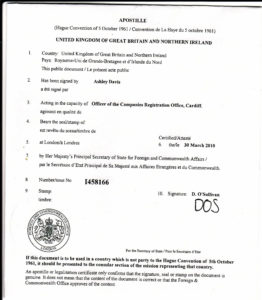“Apostille” is a term many people find puzzling. At M D Pryke Notary Public LLP we are often contacted by clients who have been told to obtain an Apostille from a Notary Public but are uncertain what this entails. This is the first article of series to explain all aspects of the Apostille process.
What is an Apostille certificate?
An Apostille is a legalisation certificate which verifies that the signature, seal or stamp on a public document is genuine. It is attached to documents so that they will be recognised in member states without the need for further legalisation by Embassies or Consulates.
Why do some countries accept Apostille certificates while others don’t?
The requirement for Apostille certificates was created by the Hague Convention of 1965. Members of the Hague Convention agree on rules to ensure that all member states deal with certain matters in the same way. In Jan 1965 they agreed that certain documents for use in foreign countries could forgo the need for further legalisation if they had an Apostille certificate attached. Essentially, it streamlines the process of recognising foreign document making the whole process more efficient.
What does an Apostille look like?
What information is included on an Apostille?
As detailed on the above example an Apostille contains the following information:
1. The country where it was first issued
2. The name of the signatory
3. The signatory’s capacity i.e. A Notary public, Solicitor
4. The issuer’s stamp of authority
5. The details of any official seal on the document
6. The place and date of issue
7. The unique number of the individual certificate
Which countries will accept an Apostille?
For a complete list of which countries will accept an Apostille please visit a further article in this series titled Apostille friendly countries.
For more information regarding Apostilles and the cost of obtaining one through MD Pryke Notary Public LLP, please contact us through the usual channels.


0 Comments
Trackbacks/Pingbacks